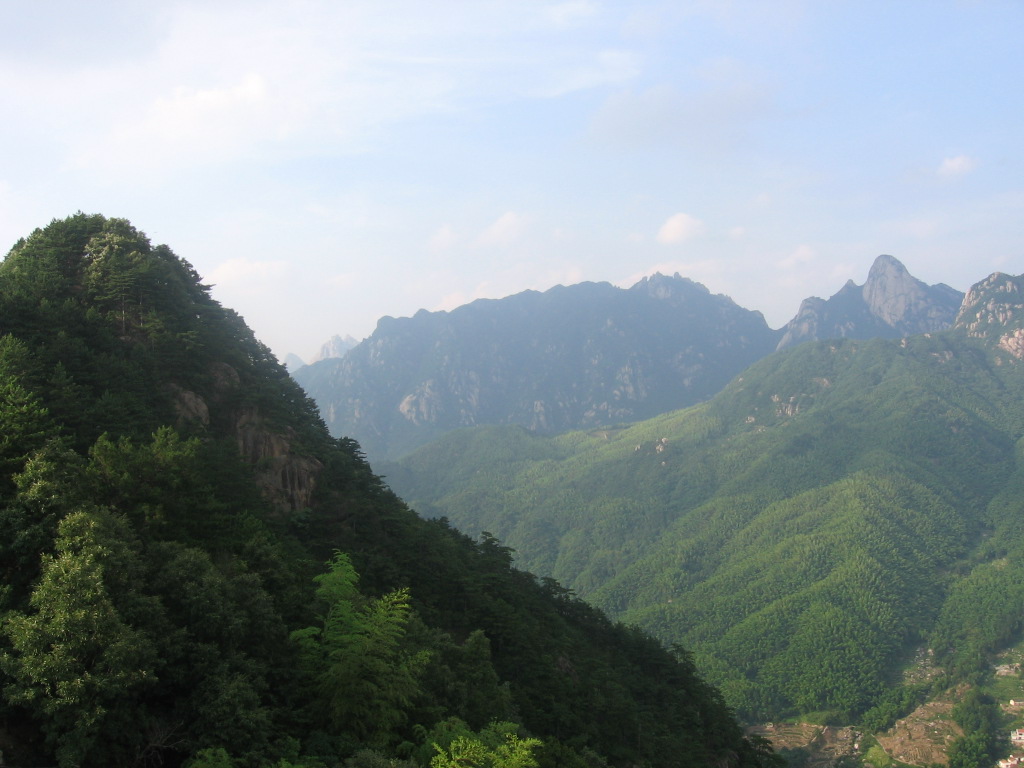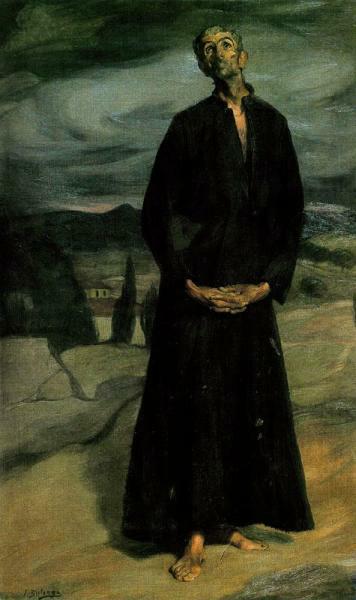In a New York Times article titled “The Joy of Quiet” writer Pico Iyer reflects on solitude and alone-time in contemporary U.S. society. Here is a representative quote:
The urgency of slowing down — to find the time and space to think — is nothing new, of course, and wiser souls have always reminded us that the more attention we pay to the moment, the less time and energy we have to place it in some larger context. “Distraction is the only thing that consoles us for our miseries,” the French philosopher Blaise Pascal wrote in the 17th century, “and yet it is itself the greatest of our miseries.” He also famously remarked that all of man’s problems come from his inability to sit quietly in a room alone.
URL: http://www.nytimes.com/2012/01/01/opinion/sunday/the-joy-of-quiet.html
Brought to out attention by a friend of Hermitary.
On the Hermitary website is Iyer’s essay “The Eloquent Sounds of Silence” published in Time magazine in 1993. Iyer has long had an interest in this topic.

